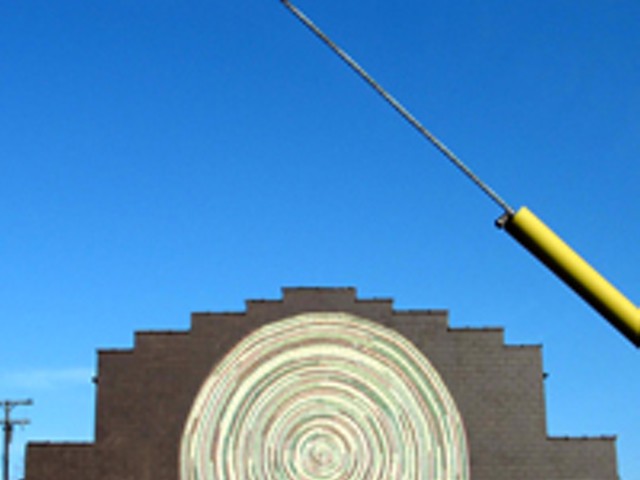"Well-behaved women seldom make history," Laura Thatcher Ulrich's quotable line, raises questions about what it means to make, and what it means to be seen or written into history. It refers to well-known mavericks (Queen Elizabeth, Zora Neale Hurston, Susan B. Anthony), demonized figures (Typhoid Mary and Salem "witches"), truly scary characters (Lizzie Borden, Imelda Marcos).
But it also draws attention to the legions of unnamed women who lived privately, who did behave (or at least seemed to) and did in fact devote themselves to making history — by running households, farms and estates, managing men's political and business careers, keeping things going without their husbands and sons in times of war. Women's work is documented in recipes from scratch, in fabrics handmade for utility or adornment (quilts, linens, sewn and knitted clothing). But this is appreciated more as folk tradition than art or history.
Such labor is variously depicted in literature as demeaning, suffocating, satisfying, zany and valiant. In the novels of Louisa May Alcott and Jane Austen, domestic work is a pleasant and often social pastime. But Stephanie, the protagonist in A.S. Byatt's novel, Still Life, is a gifted scholar who gives up professional pursuits to raise a family and winds up crushed to death by her kitchen refrigerator. And The Sin Eater, by the late Welsh writer Alice Thomas Ellis, is a wickedly brilliant story whose heroine, Rose, fed up with social and wifely duties, puts small amounts of bad things in the food she serves, to just slightly sicken the diners.
On a more practical note, there is plenty of interest currently in running an efficient household. Martha Stewart, among others, has capitalized on this. It's easy to scoff when she demonstrates how to properly fold and store bed sheets, but many women wish they'd learned as much back in home economics.
Iris Eichenberg, the new head of Cranbrook's metal department, was born in Germany and spent much of her adult life in the Netherlands. She contributes to the discussion about women making history with her bracing installation of sculpture and jewelry. Elisabeth takes its title from her grandmother who lived through two world wars on a farm in Germany.
Much in the show respectfully evokes the labor-intensive life so many women led, but Eichenberg also displays how cool, cleverly constructed and far-out handwork can be. Her materials include leather, metal, wood, knitted wool and, weirdly, but importantly, mirrors. "Objects" consists of two rear-view car mirrors, hanging high on walls, one down the hall from the gallery, and one inside it; they seem to chant, "We see you." And a separate wall installation, "Loss," is an arrangement of dime-store hand mirrors. The artist has smudged various portraits onto each, so visitors see patches of their own face together with the shape of someone else's. Viewing it is a giddy experience that provokes contemplation on perspective: What do we see? How are we seen? What is the degree of personal projection? There are also fantastic small objects that fit in the hand, including a soft, deep red, knitted heart.
Most stunning is an installation — titled, like the show itself, "Elisabeth" — that includes a large, hanging, metal portrait of several seated people (drilled holes outline their figures). In front stands a table that is closely fitted, legs and all, with a knitted wool covering. On top are spoons (that belonged to the artist's grandmother) containing sand-blasted pellets.
The portrait offers some facts: The seated individuals are carefully, similarly attired, as if having attended a church service; all of their hands are still, folded in their laps; but it mostly accentuates what we do not and cannot know. What is their story? What are their worries, dreams and fears? How engaged are they with imagination? The portrait, together with the sweater-covered table, presents a surreal scene suggesting release of a worker bee's pent-up passion. The table is cloaked and protected with as much attention, care and pathos as a heartbroken mother might put into bundling up a beloved son before sending him off to war. It exemplifies the artist's exploration of behavior and discipline, and the way making and caring passes into fear, delight and even madness.
Elisabeth runs through Jan. 5 at Paul Kotula Projects, 23255 Woodward Ave., Ferndale; 248- 544-3020.
Lynn Crawford is a freelance writer and poet. Send comments to [email protected]




